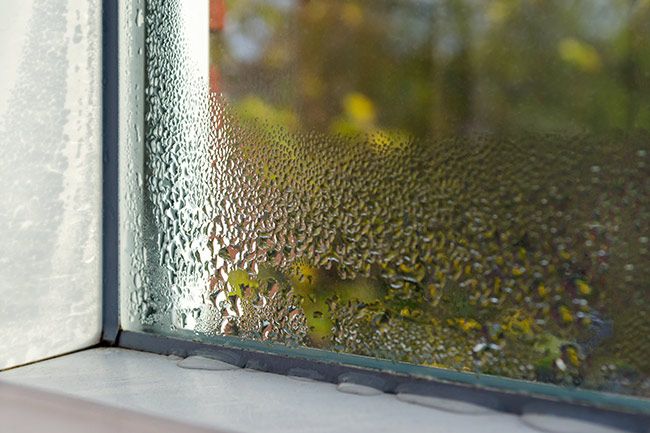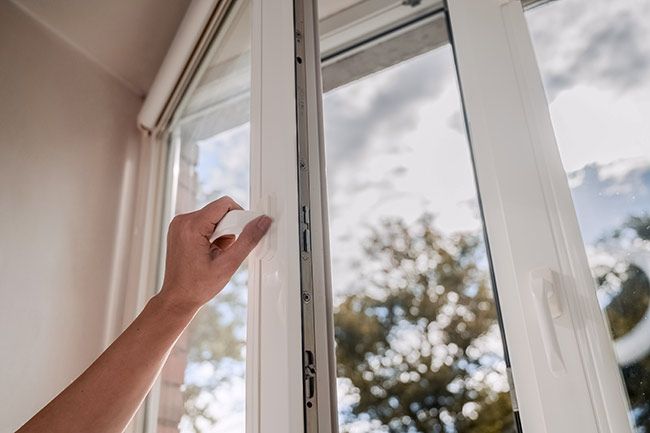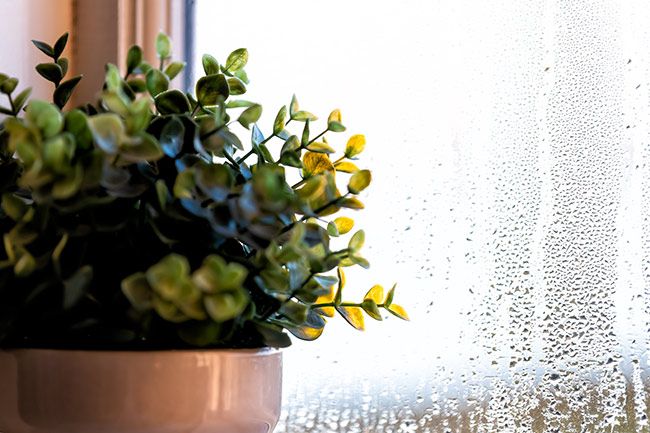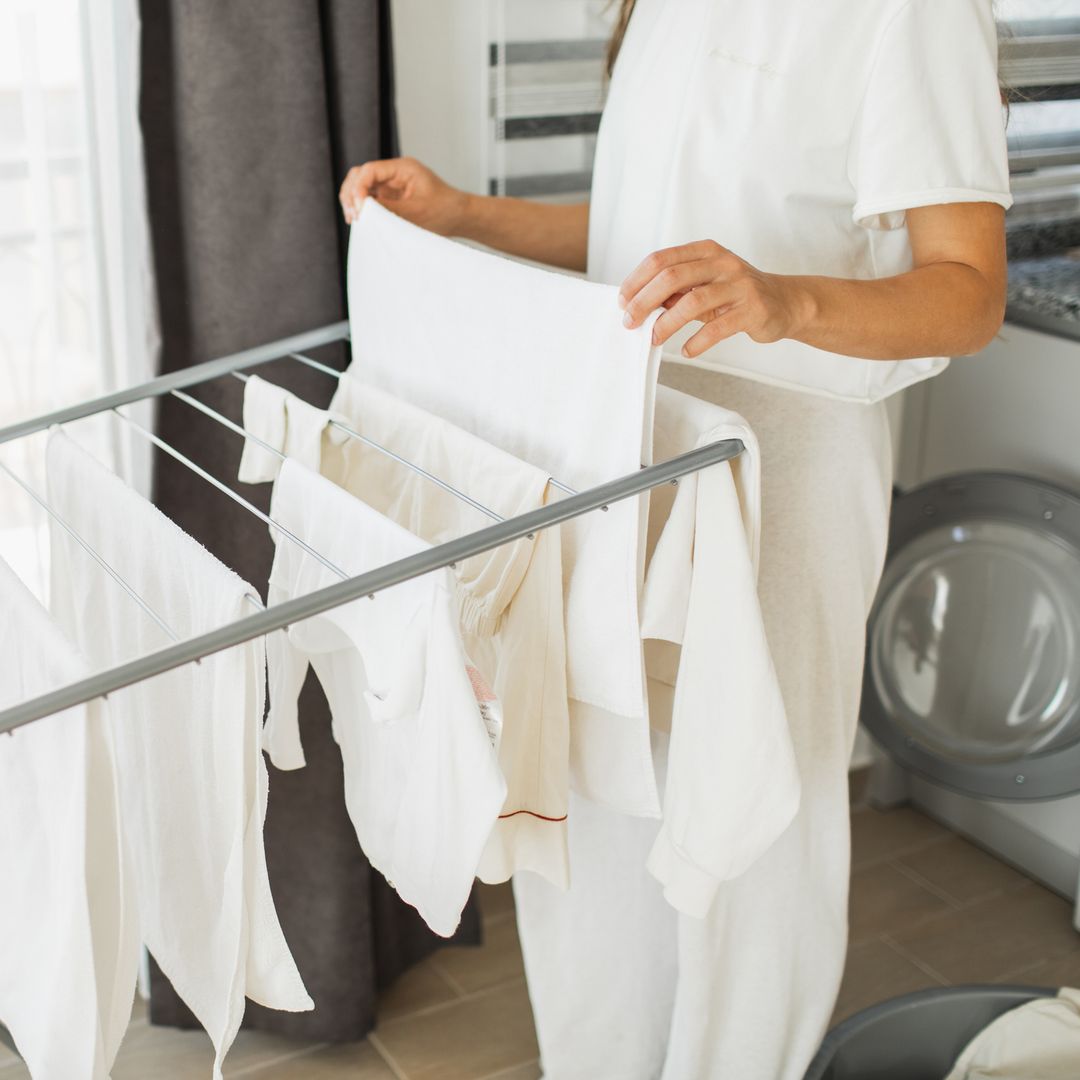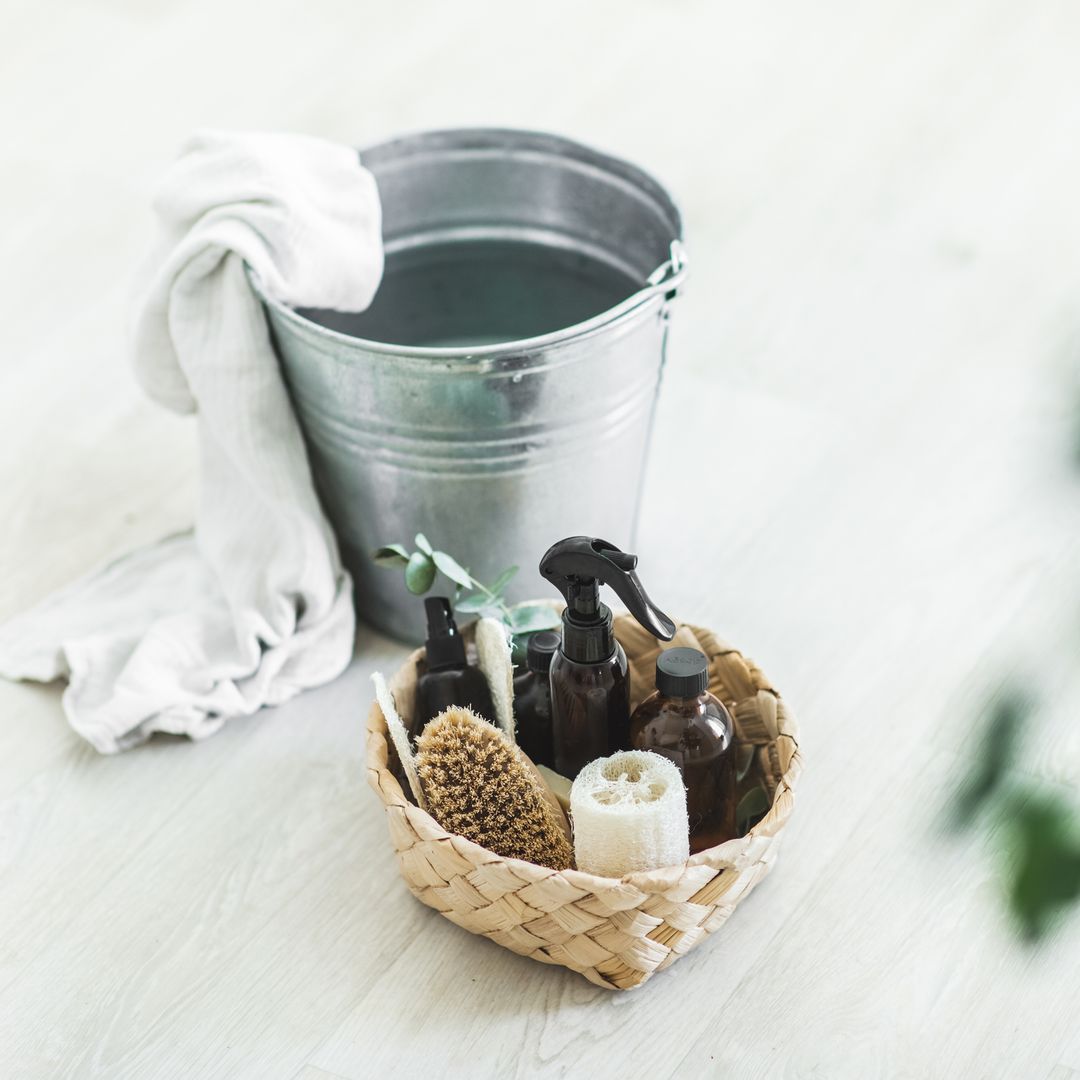As the days are getting colder, you may have noticed condensation creeping in on your windows. As well as being unsightly, it can cause damage to windows and potentially develop into dangerous damp patches if not treated. Get to know the causes of condensation and the impact it can have on your health, along with the need-to-know steps to prevent it from causing damage in your home this winter. There's even a genius hack with a bargain household product that can help stop it coming back. Expert advice right this way...
What causes condensation?
Condensation occurs when the air inside a room is warmer than the surface temperature of the window. It builds up faster and more frequently during the winter as we are more likely to turn the heating on, along with our usual daily activities such as cooking, showering, and even breathing.
Is condensation dangerous to health?
The condensation itself isn't harmful, as it is only water. However, when it remains on wood or plaster, the moisture can be absorbed into the material and will create damp patches. Not only can this cause damage to your windowsills, frames and surrounding walls, but it can also cause health issues due to mould developing. This can cause respiratory problems such as asthma and allergies, with babies, children and the elderly most at risk according to the NHS.
How to prevent condensation on windows
1. Remove moisture before it has time to set in
Cleaning experts Kärcher recommend soaking up or drawing in the moisture from the room before it has time to manifest, which can be an easy way to combat condensation and prevent damp from occurring. As well as window vacuums, unconventional methods include putting cat litter in a sock, tying it up and placing it on a windowsill, or putting a bowl of salt on the windowsill. If you’re able to invest in the solution, there are some great humidifiers on the market which absorb all the moisture in the air.
2. Let the air in
Keeping windows and doors shut throughout the winter months can have negative effects. Ventilating the home by opening the windows for even just 20 minutes a day can drastically reduce the effects of condensation and dampness in homes. Keeping windows open during activities that cause a lot of moisture in the home, such as cooking, showering, and drying clothes, can also help minimise condensation.
3. Ensure your home has good insulation
Investing in reinsulating the walls of the house could be worth considering if condensation is a recurring issue in your home. Not only will this keep your home warm and reduce costs for heating, but having good insulation greatly determines how much condensation builds up and how long it takes to dry.
4. Keep the room temperature regulated
Keeping rooms in the house at a regular warm temperature will stop surfaces from getting cold enough for condensation to build up. The World Health Organization recommends heating your home to 18°C. The heating doesn’t need to be on constantly throughout the day, but a timer can be used to switch on the heating during the coldest periods, or for a period during the night to utilise lower energy rates to save on energy bills. Keeping surfaces warm will prevent condensation from forming. Before switching your heating on for the first time in the winter, take the time to bleed your radiators too to ensure they are running efficiently.
5. Move your indoor plants and furniture
Indoor plants that live on the windowsill naturally release moisture into the air. Consider moving them away from the window during colder months to help reduce the amount of water they release. If possible, furniture near external walls should also be moved as far away as possible to allow for air to circulate more freely. Your plants may thank you for it too, as window sills are often much colder in winter than in summer, and plants like to maintain an all-year-round ambient temperature.
6. Prevent it from building up on mirrors
Andy Ellis, bathroom specialist at vidalux.co.uk said: "Condensation is one of the most common bathroom problems we see in autumn and winter, but the good news is there are plenty of methods you can try to keep it under control." He suggest applying a thin layer of shaving foam (any brand!) then wiping it off straight away. This creates an invisible barrier that prevents mirrors from steaming up after showers.
How to avoid condensation all year round
Controlling the condensation on your windows means reducing the humidity – the moisture levels – in your home, and the most effective way to do that is with adequate ventilation. Dry clothes outside when possible. If you use a tumble dryer, make sure it's vented to the outside. And always use the extractor fan when you're cooking or bathing.
Will a dehumidifier get rid of condensation?
Things can be a little trickier in the winter, of course, but there are some simple solutions available to help alleviate the problem. Your first port of call should be a dehumidifier. It can be a great investment if you have condensation or damp in your home. It will extract moisture from the air and help dry out your home, helping improve the air quality and also helping to improve your sleep.
Does secondary glazing film stop condensation?
Another potential solution to preventing condensation is to add secondary glazing to your windows, according to the experts at Cut Plastic Sheeting.
This method allows for balanced airflow in the gap between the primary glass and the secondary glazed unit while providing an efficient internal seal. This seal prevents condensation from developing and keeps the inner glass from getting too cold, so it could be a cost-effective solution to managing condensation long-term.

